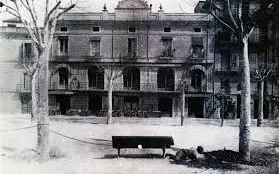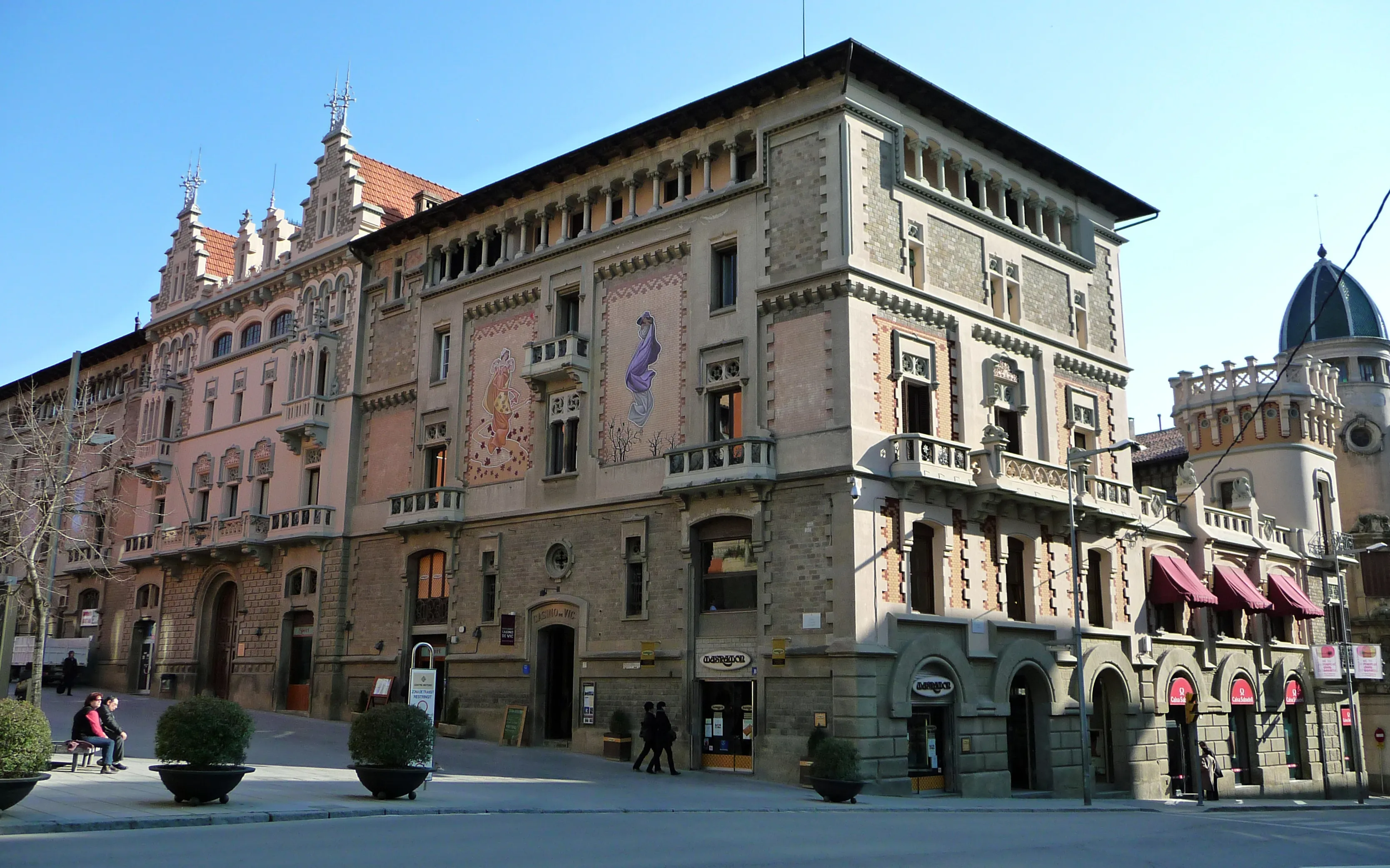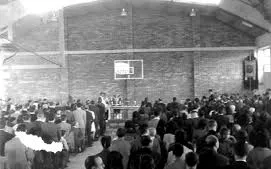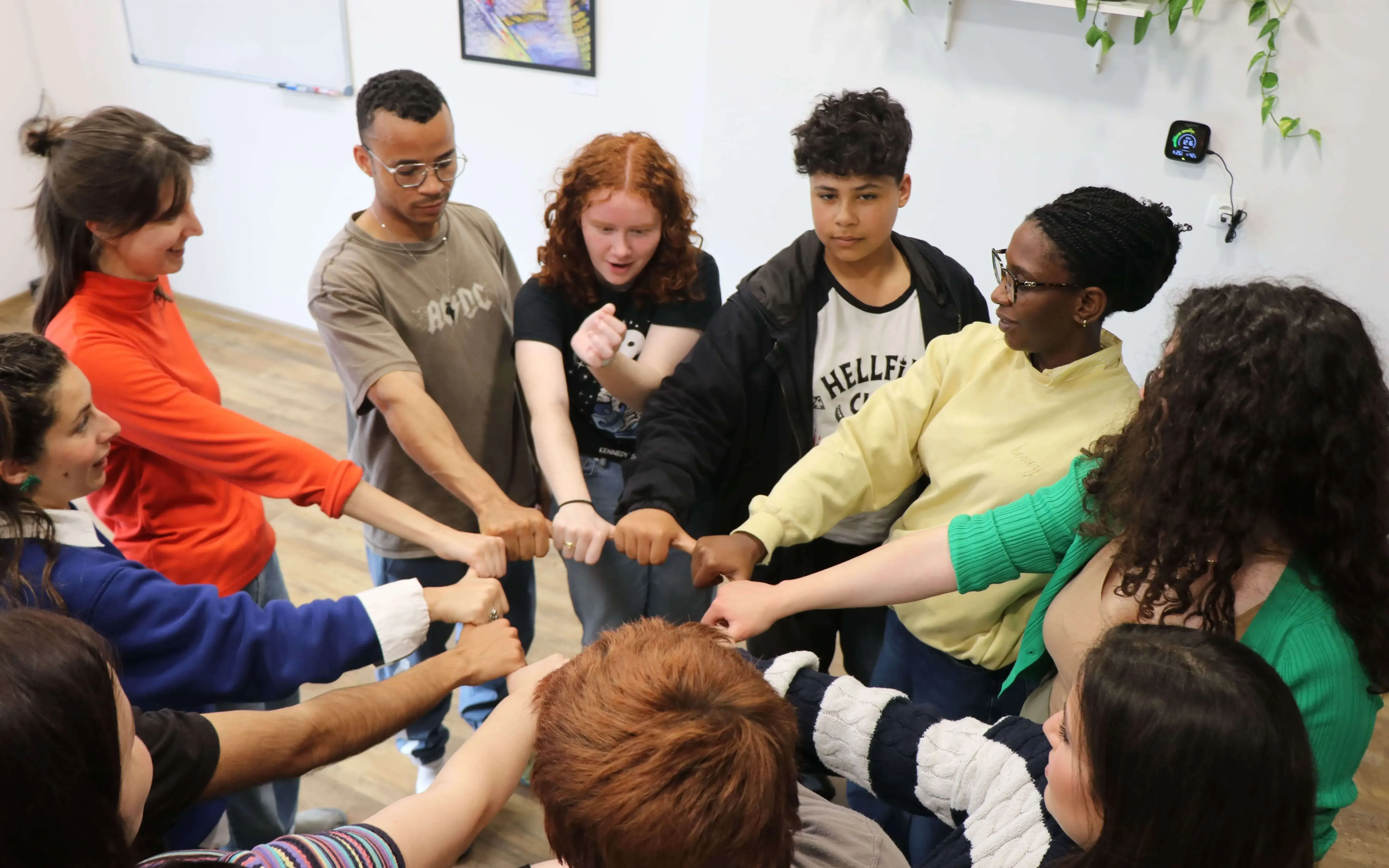By the term ateneu (Athenaeum) we understand an association whose aim is to promote culture and to improve its members’ quality of life by means of events, talks or conferences.
During the 19th century, industrialization in Europe increased social inequality, led to the spreading of the working class and caused illiteracy to grow. The administrations’ incapability, weakened by the political and commercial instability of that time, forced civil society to get organised to compensate for the state’s shortages.
The Catalan peculiarity
In that context, almost 200 years ago, the Catalan territories would follow the European atheneistic model, which developed mainly in France and Great Britain. During the age of Enlightenment, these institutions devoted to literature and science –called Athenaeums– were first founded there. By the time this model was exported to Catalonia, it evolved and became interclassist, with a clear social and teaching vocation addressed to the working class.
The Catalan athenaeum was characterised by a clear service-oriented attitude. It offered training and was fully devoted to disseminate culture, science, language, sport, debates on politics, literature or philosophy. These institutions were often equipped with a library, a café and a theatre where its members could attend performances of many different kinds.
The evolution of cultural associationism
The first example we find in Catalonia was founded in 1822 in La Pobla de Segur: the Comú dels Particulars, an association that was created to manage the water resources. In 1854 the Societat d’Amics de la Instrucció de Mataró was established, and it was renamed as Ateneu Mataroní just one year after. The spirit of this athenaeum in Mataró set the trend in the spreading of these institutions all over Catalonia, a process that would last well into the 20th century.
Some of the most significant institutions were the Casino de Vic (1848), Els Lluïsos de Gràcia (1851), the Casino Unió Comercial (1853) in Vilafranca del Penedès, the Casino Menestral Figuerenc (1879) or the Centre de Lectura de Reus (1859) whose library would become one of the biggest in Catalonia. The golden age of atheneism coincided with the Second Republic, during the 1930s, and it was swept away by the Francoist dictatorship.
The democratic recovery
The relaunch of democracy and the will to dismantle Francoism led the administration to set up an erratic cultural network that spread out without regard of existing structures. Despite the atheneaums’ will to regain their role within civil society, the proliferation of cultural structures forced them to a new stage of inevitable changes.
The Federació d’Ateneus
It is precisely in this context of recovery of freedom that a Federation of Athenaeums was founded in 1983. This organization’s aim is to unite, assist, defend and bring Catalan atheneaums together. After thirty years it is made up of 163 societies from all of the Catalan territories. It counts a total membership of 100.000 people which each year schedule more than ten thousand events where participate more than one milion people.
Present and future of Atheneism
Present-day Catalan society cannot be understood without the efforts and work done by cultural associations during the last two centuries. Nowadays, we have evidence of some 400 athenaeums existing in Catalonia which belong to a much wider network embracing some 4.000 associations.
The values they promote are still valid, more than ever. Training, access to culture, the dissemination and defense of the language, cohesion and social integration, solidarity and assistance.
They are structures that provide tools that strengthen and enrich Catalan civil society.









Add new comment